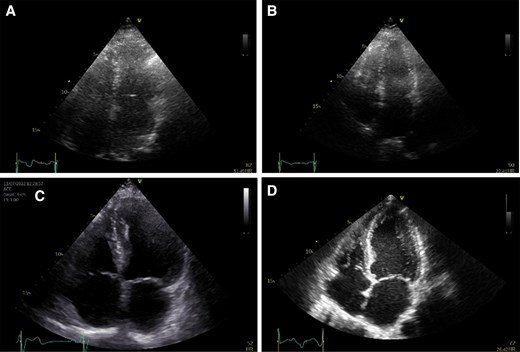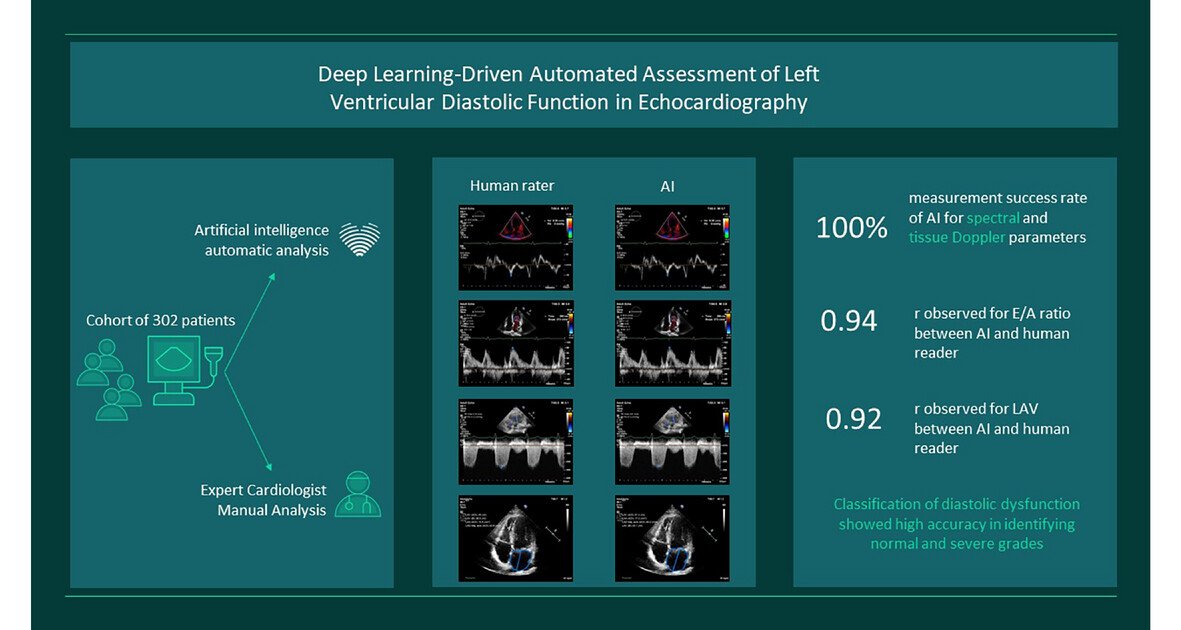Diastolic function is one of those areas where echo gets messy fast. Interpretation varies a lot between operators, and even experienced clinicians disagree on borderline cases. Doctor’s Juliane Friedrich’s from Heart Centre Dresden (Germany), study presented at ESC 2025 takes a swing at that problem by testing whether a fully automated AI pipeline can handle the entire workflow end to end.
The setup is straightforward. The model first identifies and selects the correct echo views on its own. No manual steering. Once it has the right clips, it extracts the diastolic parameters automatically. Think E/e’, e’ velocities, mitral inflow metrics, the usual suspects. Then the AI outputs are compared directly against expert clinician measurements.
The interesting part is the agreement. The correlation sits in the range you’d actually trust in practice. It’s not hand-wavy alignment, it’s tight enough that you could fold this into a clinical workflow without feeling like you’re gambling on a black box.
The bigger story here is standardization. Diastolic assessments jump around because humans interpret them differently on different days. If an automated system can bring consistency to that workflow, you cut noise, reduce repeat scans, and free clinicians to focus on the non-routine cases.
If you want the specifics, the full study breaks down the methodology, dataset, and validation metrics:
Read the full study here
Disclaimer: Funded by the European Union. Views and opinions expressed are however those of the author(s) only and do not necessarily reflect those of the European Union or European Innovation Council and SMEs Executive Agency. Neither the European Union nor the granting authority can be held responsible for them.

